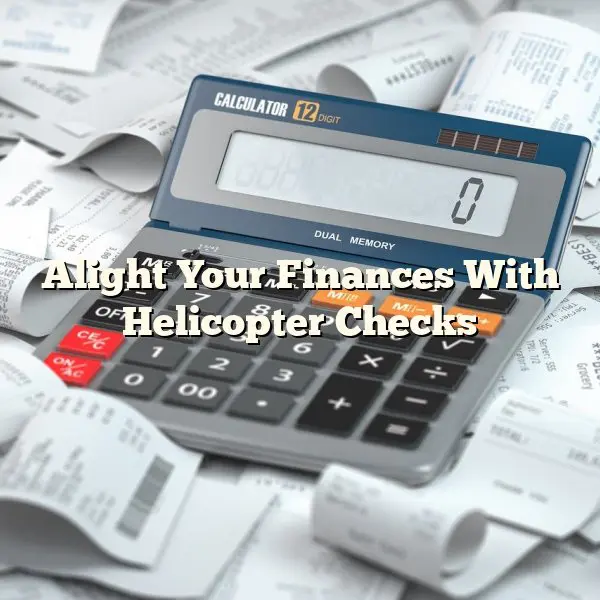We are now at a critical juncture of human history, and what happens next has a lot to do with how we handle our renewable resources. That might sound overly dramatic, but global warming threatens some very dramatic consequences.
Climate Change
When it comes to the coverage of global warming, it is something which gets mentioned in the news just about every day. However, the focus is not always on the most important aspects of it, so we’ll go over it again here.
If the effects of global warming that have been predicted come to fruition then we will face a very different world. For one thing, we may lose much of the land that we use to the sea. And with it there is bound to be a lot of lives lost.
What could be even worse than the polar ice caps melting is if ecosystems are severely disrupted by the higher temperatures. We rely on ecosystems to be able to grow food, so if they are not functioning in the same way, or not at all, our food production might be significantly reduced. This would lead to mass starvation, and there is very little more serious than that.
However if we were simply to stop using fossil fuels then we would face an economic collapse. Although this would avoid any major Earth changes, the effects on the human race would be just as severe. We wouldn’t be able to grow the food we need for lack of energy in that case, so the same sorts of suffering would be seen.
It is for this reason that before we stop burning fossil fuels we need a viable alternative in place. And at the moment the best alternative we have are renewable resources. This includes all sorts of technology, from heat pumps to solar panels.
This will solve the problem of global warming because it means that we can stop spewing the many tonnes of carbon dioxide in to the atmosphere that we are at the moment. This is driving global warming because CO2 is a greenhouse gas.
The Finances of Renewable Energy
What the above analysis shows is that divorcing our energy use from the economic consequences is not an option. Therefore if we are going to effectively use renewable resources, then it is going to have to be economically viable to do so.
Looking at the situation whereby you are judging how good a renewable energy system is economically by the savings that you make on your normal energy bills, the situation does not look too good. For example if you get solar panels installed, the cost of it will take around 25 years to pay off through the savings you make.
For this reason then, not many people could afford to use solar panels. Only the people who could afford to treat them as a consumer item, rather than as an investment, could afford to get them. However the UK government is helping to correct this situation by introducing the feed in tariff.
When you get a solar installation and sign up to the feed in tariff, you get paid for each unit of energy generated by your solar panels. So while this does not, on the surface of things, make it a more affordable proposition it does mean that it will be considered by anyone looking for an investment. And instead of the 25 years it would take to pay off the installation costs without the feed in tariff, it should now only take around 10 years instead.
The result of this has been that many more people are now purchasing solar panels. Of course there are still going to be lots of people who can’t afford it in the first place, but costs are also coming down so prospects do look good.
If you are interested in finding out more regarding solar energy, you are able to do so at Renewable resources, where author Mason Cooper has written more on this issue. This site is also the place to visit should you be interested in obtaining a free quotation for an installation.

